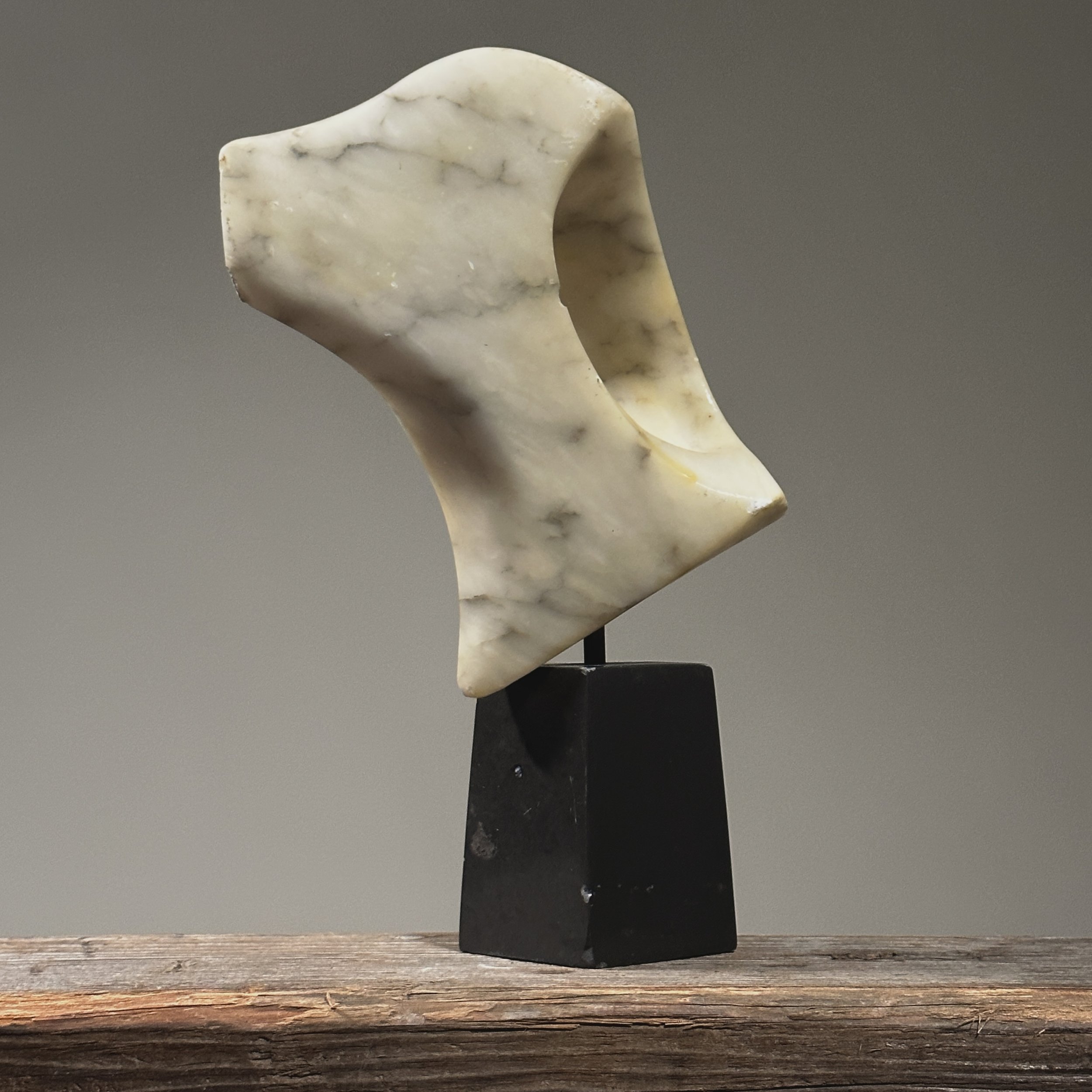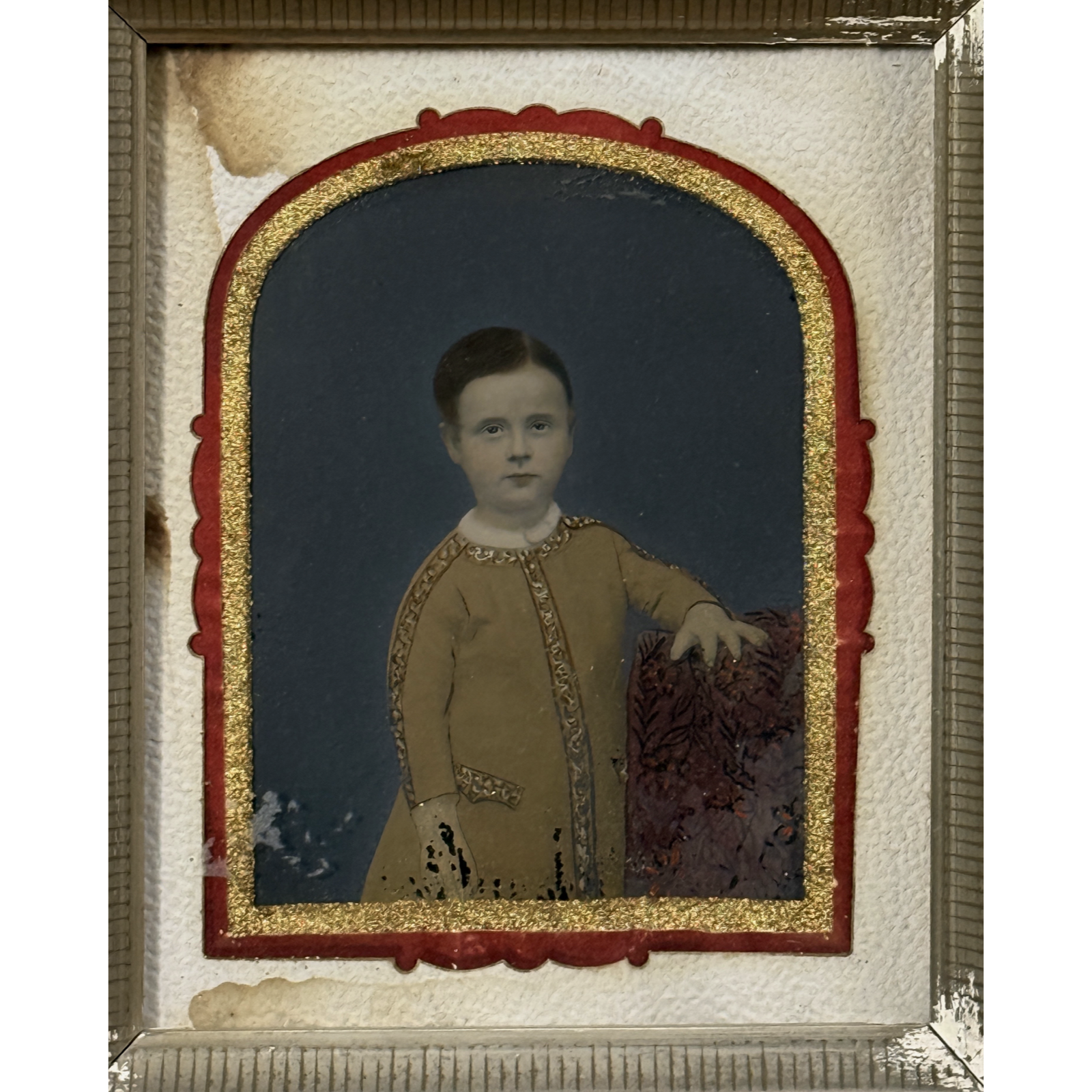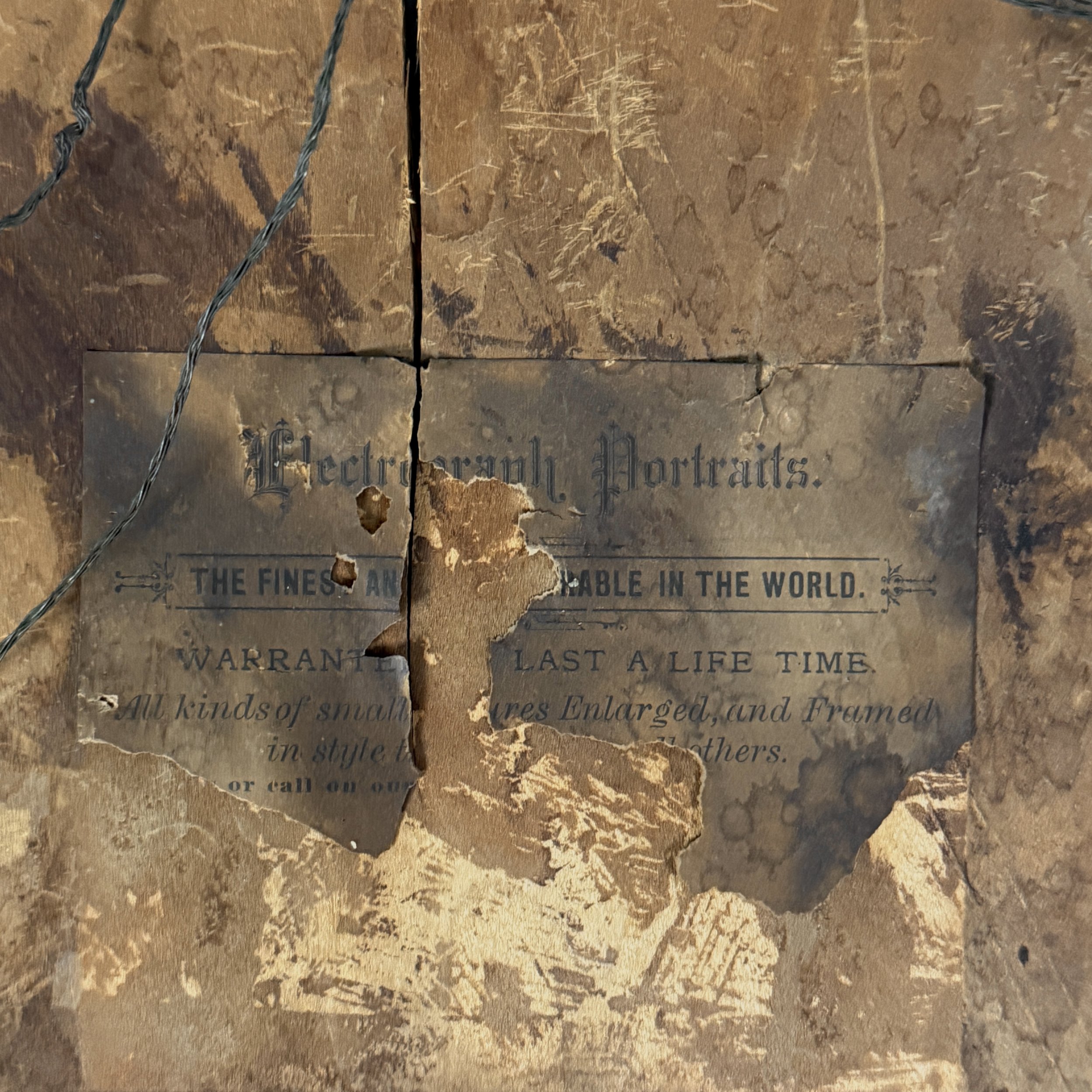Krishna Reddy (Indian, 1925-2018) “The Vision” Cast Resin Sculpture (Signed, 1969)
Krishna Reddy (Indian, 1925-2018) “The Vision” cast resin sculpture (1969). Signature in the cast. In good condition with some wear conducive with age.
Size: 14.5”W x 11”H x 3.5”D
Krishna Reddy (Indian, 1925 - 2018) was an Indian printmaker, sculptor, and teacher. Reddy was considered a master in intaglio printmaking and after 1965 was an associate director at Hayter's Atelier 17. Atelier 17, a thriving artist workshop was founded in 1927 by Hayter and was originally located in Paris; however between 1939 and 1940 the workshop moved to New York City and in 1950 back to Paris. Atelier 17 has always been a meeting place to experiment with their art practices for both European and American artists including Joan Miró, Pablo Picasso, Alberto Giacometti, Juan Cardenas, Constantin Brâncuși, and Zarina Hashmi.
Reddy's technique and style distinguished him as an important printmaker. Reddy's prints are abstract, created with subtle grid-like designs on plates with intricate texturisations. The myriad complex colour that he introduced in prints are marked by a contemplative approach to the infinite mysteries of nature. While working at Atelier 17, Reddy was instrumental in developing a new printing process to produce multi-coloured prints from a single printing matrix by exploiting the viscosity and tackiness of the inks, subsequently named viscosity printing.
Krishna Reddy (Indian, 1925-2018) “The Vision” cast resin sculpture (1969). Signature in the cast. In good condition with some wear conducive with age.
Size: 14.5”W x 11”H x 3.5”D
Krishna Reddy (Indian, 1925 - 2018) was an Indian printmaker, sculptor, and teacher. Reddy was considered a master in intaglio printmaking and after 1965 was an associate director at Hayter's Atelier 17. Atelier 17, a thriving artist workshop was founded in 1927 by Hayter and was originally located in Paris; however between 1939 and 1940 the workshop moved to New York City and in 1950 back to Paris. Atelier 17 has always been a meeting place to experiment with their art practices for both European and American artists including Joan Miró, Pablo Picasso, Alberto Giacometti, Juan Cardenas, Constantin Brâncuși, and Zarina Hashmi.
Reddy's technique and style distinguished him as an important printmaker. Reddy's prints are abstract, created with subtle grid-like designs on plates with intricate texturisations. The myriad complex colour that he introduced in prints are marked by a contemplative approach to the infinite mysteries of nature. While working at Atelier 17, Reddy was instrumental in developing a new printing process to produce multi-coloured prints from a single printing matrix by exploiting the viscosity and tackiness of the inks, subsequently named viscosity printing.
Krishna Reddy (Indian, 1925-2018) “The Vision” cast resin sculpture (1969). Signature in the cast. In good condition with some wear conducive with age.
Size: 14.5”W x 11”H x 3.5”D
Krishna Reddy (Indian, 1925 - 2018) was an Indian printmaker, sculptor, and teacher. Reddy was considered a master in intaglio printmaking and after 1965 was an associate director at Hayter's Atelier 17. Atelier 17, a thriving artist workshop was founded in 1927 by Hayter and was originally located in Paris; however between 1939 and 1940 the workshop moved to New York City and in 1950 back to Paris. Atelier 17 has always been a meeting place to experiment with their art practices for both European and American artists including Joan Miró, Pablo Picasso, Alberto Giacometti, Juan Cardenas, Constantin Brâncuși, and Zarina Hashmi.
Reddy's technique and style distinguished him as an important printmaker. Reddy's prints are abstract, created with subtle grid-like designs on plates with intricate texturisations. The myriad complex colour that he introduced in prints are marked by a contemplative approach to the infinite mysteries of nature. While working at Atelier 17, Reddy was instrumental in developing a new printing process to produce multi-coloured prints from a single printing matrix by exploiting the viscosity and tackiness of the inks, subsequently named viscosity printing.



































